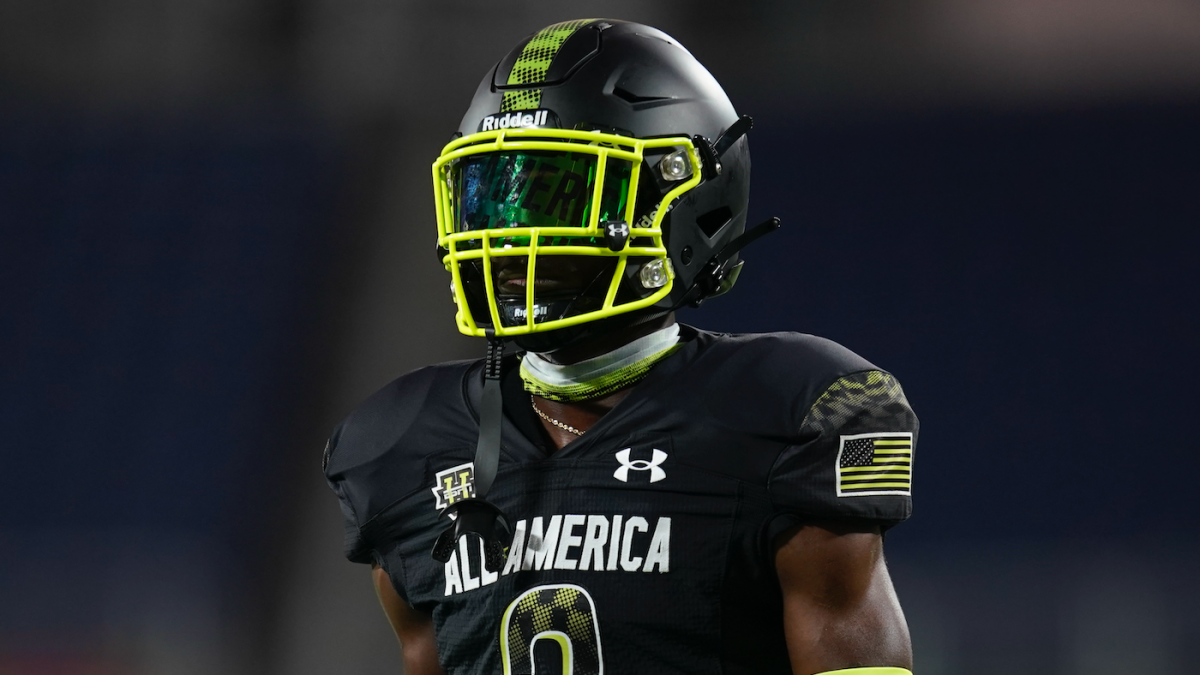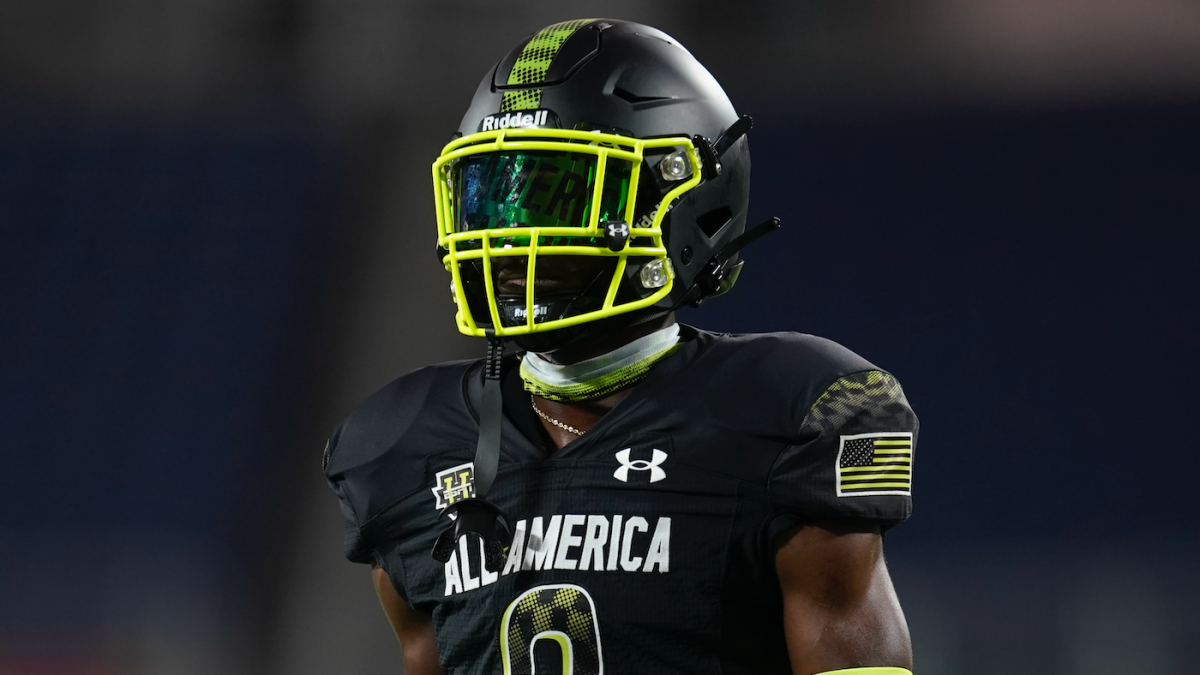The High Stakes Game: NIL and the Evolving Landscape of College Football Recruiting in 2026
The New Gridiron Gold Rush
The landscape of college football recruiting has undergone a dramatic transformation, one that echoes the gold rush of the 19th century but with a modern twist. The introduction of Name, Image, and Likeness (NIL) deals has turned the recruitment of college football players into a high-stakes financial arena. The days of coaches selling a vision of athletic glory and academic excellence with handwritten letters are fading. Today, elite recruits are presented with offers that resemble NFL contracts more than traditional scholarship agreements. This shift has profound implications for the sport, its athletes, and the institutions that field these teams.
The NIL Effect: Money Talks
The impact of NIL on college football recruiting cannot be overstated. It has fundamentally altered the dynamics of the recruitment process, creating a new set of priorities and considerations for both athletes and institutions.
The Allure of the Dollar
Top recruits are acutely aware of their market value in the NIL era. A recent survey of Power Four commits from the 2026 class revealed that NIL packages are a significant factor in their decision-making process. Some of the most coveted recruits are reportedly being offered NIL deals exceeding $1 million annually. These figures are a stark contrast to the traditional scholarship benefits, which primarily covered tuition, room, and board.
The financial incentives extend beyond the top-tier recruits. Solid four-star players are also seeing substantial offers, creating a competitive market where schools must invest heavily to secure their desired talent. This shift has democratized the recruitment process to some extent, as players who might have been overlooked in the past now have the opportunity to leverage their skills for financial gain.
The Transfer Portal Amplifies the Impact
The transfer portal, coupled with NIL, has created an environment where players can quickly capitalize on their value. If a player feels undervalued at their current school, the allure of a richer NIL deal elsewhere can trigger an immediate departure. This has led to a more fluid and dynamic transfer market, where players can shop around for the best financial opportunities.
The Price of Contendership: Who’s Spending Big?
In the NIL era, recruiting has become a costly endeavor. Programs are allocating substantial resources to attract top talent, creating a new arms race among institutions.
The Big Spenders
Several programs are leading the way in NIL spending. While the exact figures remain closely guarded, it’s clear that schools like Texas, Texas A&M, Florida, and USC are making significant investments. These institutions are leveraging their wealthy alumni networks and strategic partnerships to create attractive NIL opportunities for recruits.
The Rise of Collectives
Donor-backed collectives have emerged as key players in the NIL landscape. These independent organizations pool funds from boosters and businesses to create endorsement opportunities for athletes. Some collectives operate with budgets in the millions, allowing them to offer competitive NIL packages. This has created a new dynamic in the recruitment process, as collectives can offer unique opportunities that traditional scholarships cannot.
The Spending Arms Race
As more schools embrace NIL, a spending arms race is developing. Programs feel pressured to increase their NIL offerings to remain competitive, potentially leading to unsustainable financial models. This raises concerns about the long-term viability of this approach and the potential for financial disparities among institutions.
Challenges and Controversies: Navigating the New Normal
The NIL era is not without its challenges and controversies. The influx of money into college football has raised concerns about fairness, equity, and the potential for exploitation.
The Uneven Playing Field
Schools with deep pockets and strong alumni networks have a distinct advantage in the NIL market. This disparity could exacerbate the gap between the “haves” and “have-nots” in college football, creating a less competitive landscape. Smaller programs may struggle to keep up with the financial offerings of their larger counterparts, potentially leading to a consolidation of talent at a few elite institutions.
The Risk of Exploitation
The pursuit of NIL deals can expose young athletes to exploitation. Some players may sign agreements without fully understanding the terms or receiving adequate legal representation. There have been instances of promised NIL profits failing to materialize, leaving athletes disillusioned and financially vulnerable. This highlights the need for robust legal and financial education for athletes to ensure they are making informed decisions.
Compliance and Regulation
The NCAA is still grappling with how to regulate NIL activities. The lack of clear and consistent rules has created a gray area where violations can occur. Ensuring compliance and preventing abuses will be a significant challenge moving forward. Schools must implement robust monitoring systems to detect and prevent violations, and the NCAA must provide clear guidelines to ensure a level playing field.
Erosion of Amateurism
Critics argue that NIL is blurring the lines between amateur and professional sports. The focus on financial gain could detract from the values of teamwork, sportsmanship, and academic achievement. This raises questions about the future of amateurism in college sports and the potential for a shift towards a more professional model.
Opportunities and Innovations: The Bright Side of NIL
Despite the challenges, NIL also presents opportunities for athletes and institutions.
Empowering Athletes
NIL allows college athletes to profit from their talents and build their brands. This newfound financial independence can provide them with valuable life skills and opportunities they might not otherwise have. Athletes can use their NIL earnings to invest in their education, start businesses, or support their families, creating a more equitable system that recognizes the value of their contributions.
Boosting Local Economies
NIL deals can benefit local businesses and communities. Athletes can partner with local companies to promote their products and services, generating economic activity. This can create a symbiotic relationship between athletes and their communities, fostering a sense of connection and mutual benefit.
Innovation in Marketing and Branding
NIL has spurred innovation in marketing and branding within college athletics. Schools and athletes are exploring new ways to engage with fans and create revenue streams. This includes the use of social media, influencer marketing, and other digital platforms to reach a wider audience and create unique opportunities for athletes to monetize their brand.
Leveling the Playing Field (Potentially)
While currently favoring big programs, a well-regulated NIL system could eventually help smaller schools attract talent by offering unique opportunities tailored to their specific markets and academic strengths. This could create a more competitive landscape where schools can differentiate themselves based on their unique offerings rather than just financial incentives.
The Future of Recruiting: Adapt or Fall Behind
The future of college football recruiting hinges on how well institutions adapt to the NIL era.
Strategic Investment
Schools must develop strategic NIL plans that align with their athletic goals and financial resources. This includes identifying key areas for investment, building relationships with donors and businesses, and providing athletes with the resources they need to manage their NIL activities. Schools that can effectively leverage their unique strengths and opportunities will be best positioned to attract top talent.
Compliance and Education
Compliance is paramount. Schools must educate athletes, coaches, and administrators about NIL rules and regulations. They must also implement robust monitoring systems to detect and prevent violations. This requires a proactive approach to compliance, ensuring that all parties are aware of their responsibilities and the potential consequences of non-compliance.
Focus on Player Development
While NIL is important, it shouldn’t overshadow the core mission of developing athletes on and off the field. Programs that prioritize player development, academic support, and character building will ultimately be more successful in the long run. This includes providing athletes with the resources and support they need to succeed both athletically and academically, ensuring that they are well-prepared for life after college.
Embrace Innovation
The NIL landscape is constantly evolving. Schools must be willing to experiment with new approaches to marketing, branding, and athlete compensation. This includes exploring new revenue streams, leveraging technology, and creating unique opportunities for athletes to monetize their brand. Schools that can adapt to the changing landscape and embrace innovation will be best positioned to thrive in the NIL era.
Conclusion: A New Era Dawns
The introduction of NIL has ushered in a new era for college football recruiting. It’s a world of unprecedented financial opportunities, complex regulations, and evolving challenges. While the long-term impact of NIL remains to be seen, one thing is clear: the game has changed forever. Schools that embrace innovation, prioritize compliance, and remain focused on player development will be best positioned to thrive in this new landscape. As the 2026 recruiting cycle unfolds, the stakes are higher than ever, and the competition for talent is fiercer than ever before. The question now is not whether NIL will continue to shape college football, but how it will ultimately define it. The future of the sport hangs in the balance, and the choices made today will shape the college football landscape for generations to come.












